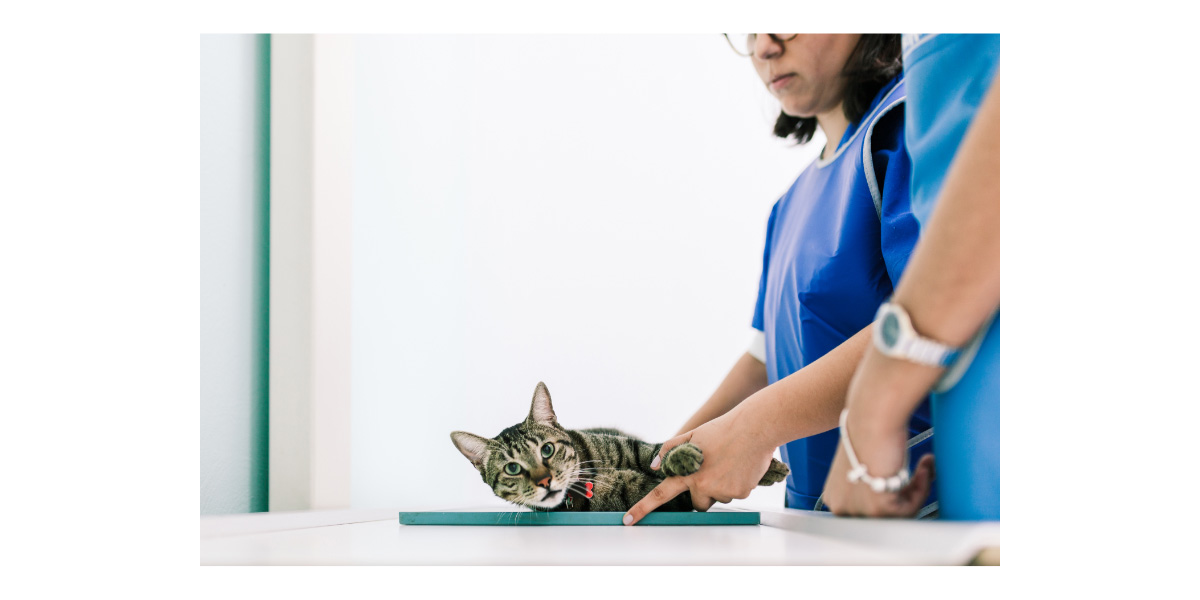
Save 35% with AutoShipUse code SAVE35 (Up to $20 max. Exclusions apply)

SAVE AN EXTRA $5 - $20 OFFUse code PETS in cart (Exclusions apply)

While efforts are made to answer all questions as quickly as possible, if an immediate answer is required or if your pet is in need of urgent or emergency care, contact your pet's veterinarian immediately.

You will receive an answer from Dr. Lindsay and our vet/tech team as soon as possible, usually the same day.
All answers are provided for informational or educational purposes only, and are intended to be a supplement to, and not a substitute for, the expertise and professional judgment of your pet's veterinarian.
It may be necessary to consult your pet's veterinarian regarding the applicability of any opinions or recommendations with respect to your pet's symptoms or medical condition.
Close
An error has occurred, please reload the page and try again.
CloseWhile efforts are made to answer all questions as quickly as possible, if an immediate answer is required or if your pet is in need of urgent or emergency care, contact your pet's veterinarian immediately.
There is no answer related to your question

Our pets can’t tell us when they’re not feeling well, so it’s up to us to look out for signs that they might be in pain. Cats, in particular, tend to hide any signs of vulnerability but may show subtle symptoms that can indicate that they’re hurt or suffering an undiagnosed health condition. In honor of Animal Pain Awareness Month, learn about the most overlooked sign of pain in cats.
1. Changes in grooming habits.
When cats are in pain, they may overgroom due to stress, or they may repeatedly lick the affected area as though to massage it. Alternatively, cats may no longer groom themselves when it becomes too painful to do so, and they may take on a scruffy, unkempt look.
2. Not using the litterbox.
Your cat may associate their litterbox with pain if they are experiencing urinary tract issues. Some cats will actually seek out a sink or bathtub because the cool, smooth surface may be more comfortable when they’re experiencing burning or stinging while they urinate. Also, cats that have been declawed and those with arthritis may stop using their litterbox when it’s painful for them to use their paws to dig through their litter.
3. Purring.
While cats are known to purr when they’re happy, they also may purr when they’re in pain as a form of self-soothing. Veterinary researchers theorize that the frequency of the vibrations made by purring can actually help speed up healing. Take note of any sudden increase in purring, especially when not associated with cuddling or petting.
4. Hiding.
Cats normally love to hide in small nooks to play, hunt, and nap, but if your sociable cat is suddenly avoiding you and no longer seeking affection, they may be experiencing pain.
5. Changes in eating habits.
A cat with a tooth fracture, resorption, dental decay, or mouth ulcers may find it too painful to eat. They may also drop food out of their mouth, or turn their head while chewing to use the less painful side.
6. Flattened ears.
Body language can tell you a lot about how your cat is feeling. Cats tend to lay their ears back when they’re focused, stressed, annoyed, or in pain. Flat ears, alone, are not necessarily a sign of pain but may be accompanied by other symptoms.
7. Redirected aggression.
Pain can put your cat in “fight or flight” mode. They may mistakenly think a nearby human, pet, or even object is the source of their discomfort and may lunge or attack without provocation.
8. Changes in posture.
Abdominal pain and skeletal or joint pain can change the way your cat sits, walks, or moves around. They may be more hunched or stiff in their movements.
9. Restlessness.
Pain and inflammation, especially in the joints, can make it hard for your cat to get comfortable. They may pace, stretch repeatedly, or reposition themselves when pain is preventing them from relaxing.
10. Clinginess.
It’s more expected for cats to isolate themselves when they’re not feeling well, but occasionally they will stick to their trusted human when they’re hurting.
Treating Pain in Cats
If your cat may be suffering from pain of unknown causes, see your veterinarian as soon as possible. It’s not always possible to determine when your cat is having a medical emergency or can wait until their next annual appointment.
For cats with diagnosed pain conditions, you can support their relief and recovery by giving pain medications and supplements as directed by your veterinarian, seeking therapies like laser therapy, massage, and acupuncture, and making sure your cat is on a healthy, species-appropriate, high-moisture diet.
 Swipe
Swipe